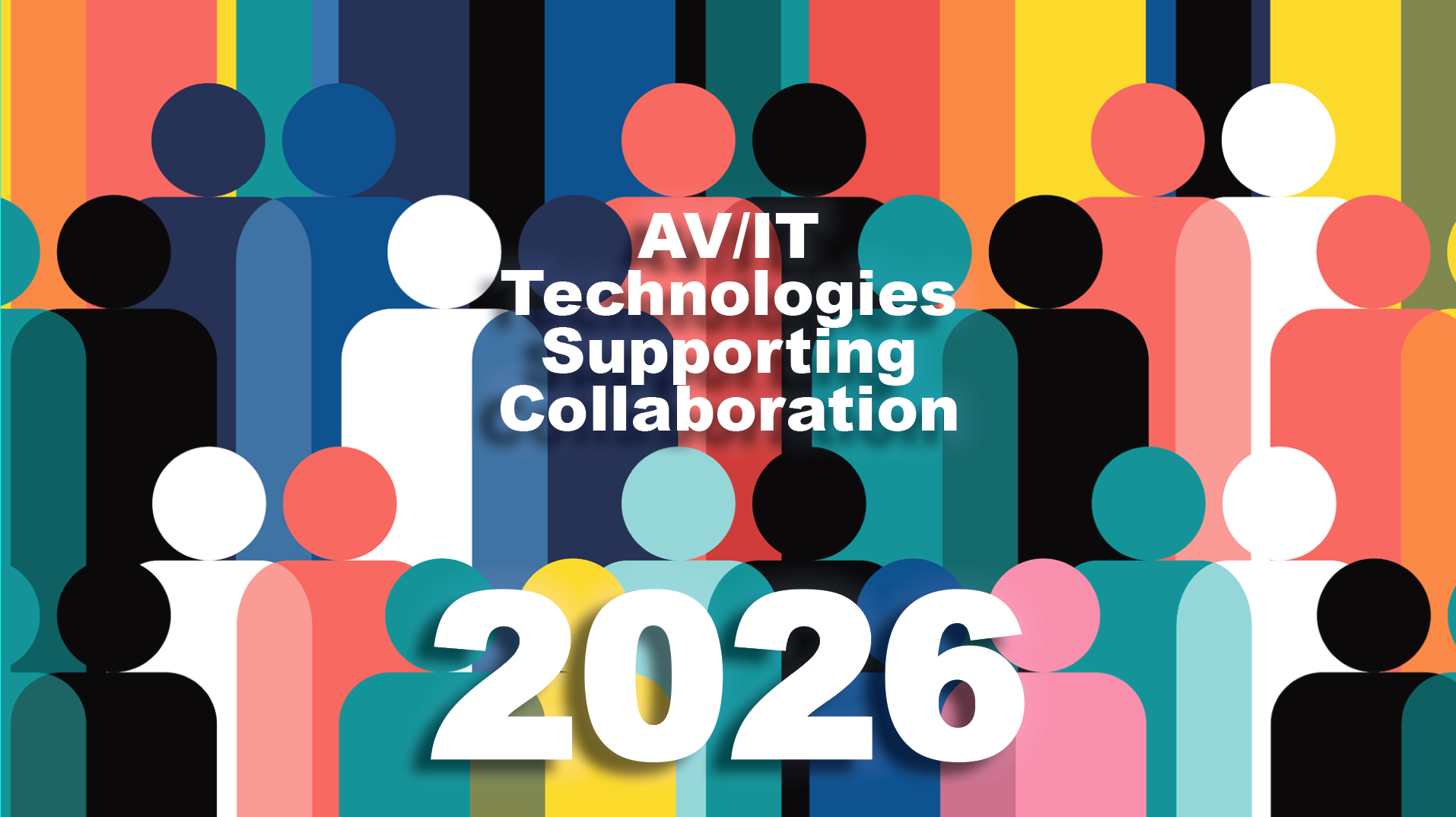On Next-Gen Audio: Crestron
Sam Kennedy, Senior Director of Product Marketing at Crestron shares insight into trends and best practices for implementing next-gen audio into meeting spaces and classrooms.

AVT Question: Please share insight and best practices for implementing next-gen audio into meeting spaces and classrooms.
Thought Leader: Sam Kennedy, Senior Director of Product Marketing at Crestron
We spend a lot of time in our industry talking about the “equity of experience.” Finding solutions that provide meeting equity in the hybrid workplace has primarily applied to video.
But we need to remember that audio is still the most important part of any meeting. Even if video is unavailable, an audio connection still allows a meeting to proceed or a participant to join. Beyond that, quality audio is critical to proper engagement. Poor audio increases the cognitive load on meeting attendees and will create fatigue very quickly.
If speakers are fixed in a room, the right DSP solution can go a long way to rectifying any audio imbalance for the listener." —Sam Kennedy, Senior Director of Product Marketing at Crestron
Delivering quality audio to every collaborator in a space is really about physics. Obviously, with a single mic, those closest to the device will be heard more clearly, and when someone in the back of the room begins to speak, the gain of that microphone needs to increase. This is why you need professional-grade solutions that can automatically adjust from speaker to speaker depending on distance.
The same holds true for loudspeakers: How do we deliver the same volume to everyone in a room, regardless of proximity? If speakers are fixed in a room, the right DSP solution can go a long way to rectifying any audio imbalance for the listener. (Quality DSP can also be beneficial in rooms with a lot of hard, reflective surfaces that can create unwelcome audio reflections.) The other option is to introduce a pod system that can distribute audio to a number of tabletop boxes that cover a specific area of the room. Add the right microphone to that pod, and you’ve solved your distance issues for both parts of the audio equation.
Ultimately, the solution comes down to room size and application: A collaboration bar will suffice in a huddle room, but larger spaces will always demand more robust solutions.
A daily selection of features, industry news, and analysis for tech managers. Sign up below.

Cindy Davis is the brand and content director of AV Technology (AVT). She was a critical member of the AVT editorial team when the title won the “Best Media Brand” laurel in the 2018 SIIA Jesse H. Neal Awards. Davis moderates several monthly AV/IT roundtables and enjoys facilitating and engaging in deeper conversations about the complex topics shaping the ever-evolving AV/IT industry. She explores the ethos of collaboration, hybrid workplaces, experiential spaces, and artificial intelligence to share with readers. Previously, she developed the TechDecisions brand of content sites for EH Publishing, named one of the “10 Great Business Media Websites” by B2B Media Business magazine. For more than 25 years, Davis has developed and delivered multiplatform content for AV/IT B2B and consumer electronics B2C publications, associations, and companies. A lifelong New Englander, Davis makes time for coastal hikes with her husband, Gary, and their Vizsla rescue, Dixie, sailing on one of Gloucester’s great schooners and sampling local IPAs. Connect with her on LinkedIn.
